House Order of the Golden Lion, Type I, Decoration
SKU: 01.HSK.0101.101.01
Estimated market value:
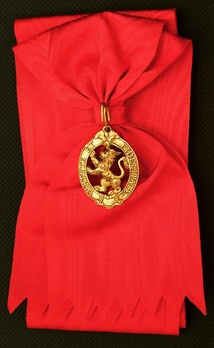
Estimated market value:
Attributes
Physical Description
An oval and cut-out decoration, constructed of silver gilt. Inside the oval is an upright, crowned lion walking to the left. The oval is pebbled and features the inscription ‘VIRTUTE ET’ on the left and ‘FIDELITATE’ on the right (‘for virtue and loyalty’). The bottom features an empty plaque. The reverse features the inscription ‘FRIDERICUS. II. D. G. HASSIAE.’ on the left and ‘LANDGRAVIUS INSTITUIT.’ on the right, with ‘1770’ on the plaque at the bottom (‘founded by Friedrich II by God’s Grace Landgrave of Hesse in 1770’). The top features an agraffe holding the loop for suspension. On a magenta-coloured ribbon.
History
The House Order of the Golden Lion was instituted by Landgraf Friedrich II of Hesse-Kassel and was dedicated to Saint Elisabeth of Hungary, an ancestor of the founder. The order was conferred upon individuals who demonstrated exceptional civil or military merit.
In 1818, Prince-Elector Wilhelm I added three additional grades to the order, and from this point onward, the awards of the order featured his name or initials on the reverse. The classes now were: Grand Cross, I Class Commander, II Class Commander, and Knight Cross. Although the Grand Cross is documented, there is very limited information on it.
On August 20, 1851, the order was again reduced to one class, and the three lower classes were assimilated into the newly established Wilhelm Order.
The House Order of the Golden Lion and the Wilhelm Order feature a very similar obverse and reverse design. The main difference between them is that the lion featured on the obverse of the House Order of the Golden Lion has the back paw held higher than the front paw, while the lion featured on the obverse of the Wilhelm Order has both paws held at the same height.
Following the death of the last prince-elector of Hesse-Kassel, the order was taken over by Grand Duke Ludwig II of Hesse-Darmstadt. On June 6, 1876, the order was given new statutes and was introduced as a Grand Ducal Order.
The Grand Cross of the order was equal to the Grand Cross of the Ludwig Order.
The order became obsolete in 1918, following the abdication of the last Grand Duke of Hesse-Darmstadt.
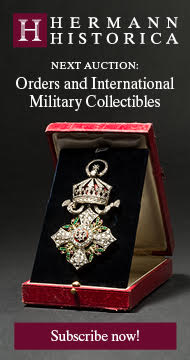
Versions
$5,500 USD
Gold
Obv: VIRTUTE ET FIDELITATE Rev: FRIED. II. D. G. HASSIAE LANDG. INSTITUIT 1770
44x55mm
$4,400 USD
Silver gilt
Obv: VIRTUTE ET FIDELITATE Rev: FRIDERICUS. II. D. G. HASSIAE. LANDGRAVIUS INSTITUIT 1770
44x55mm
$4,600 USD
Gold
Obv: VIRTUTE ET FIDELITATE Rev: WILHELMUS. I. HASSIAE. ELECTOR. 1803
40x52mm

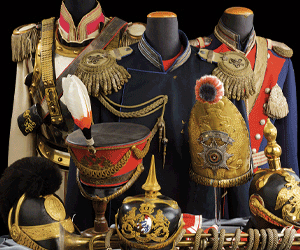
Comments
Sign in to comment and reply.
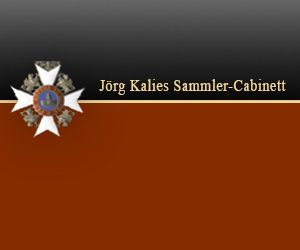
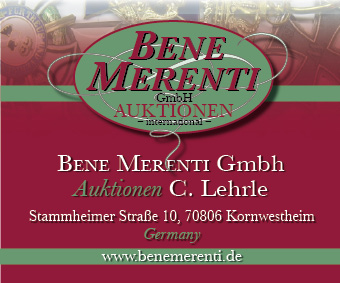
Scroll Top